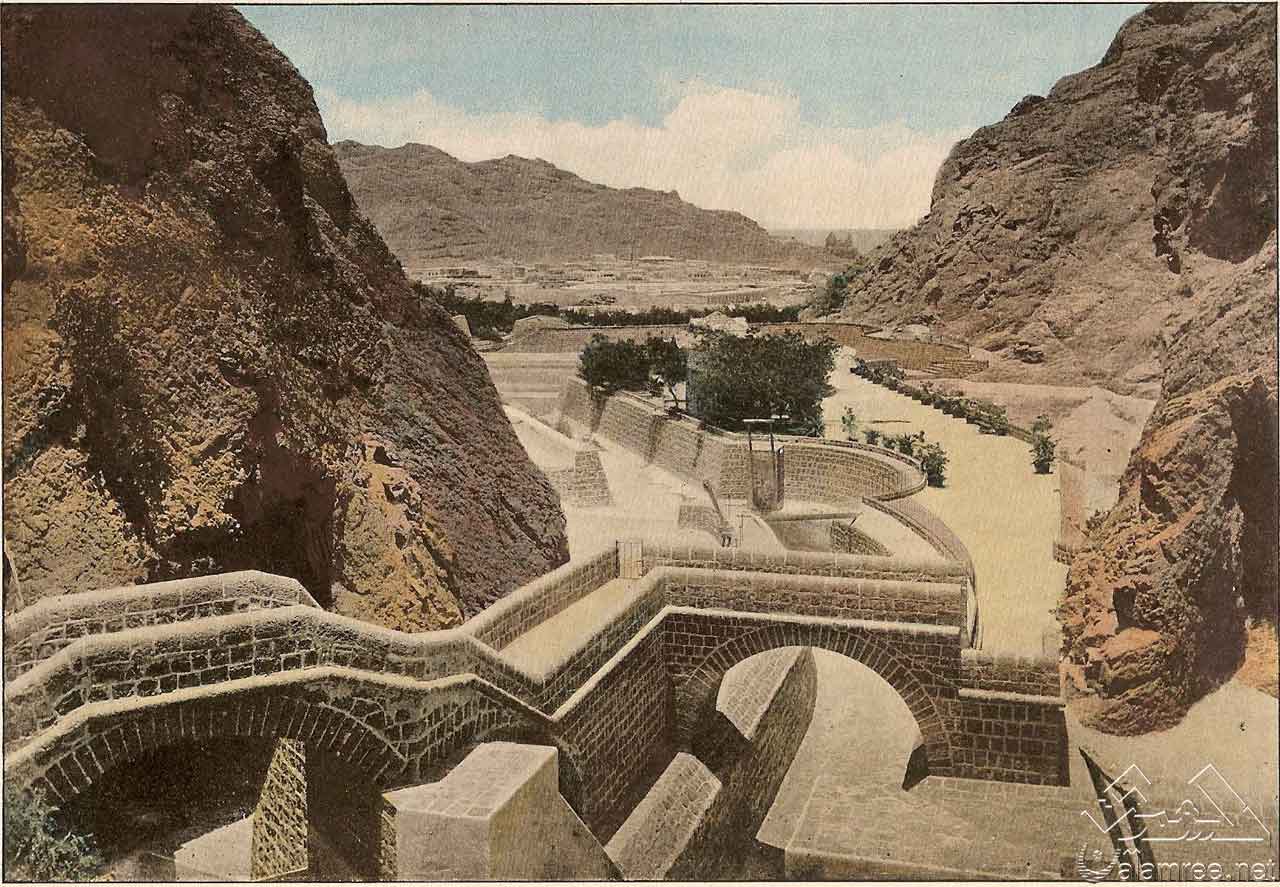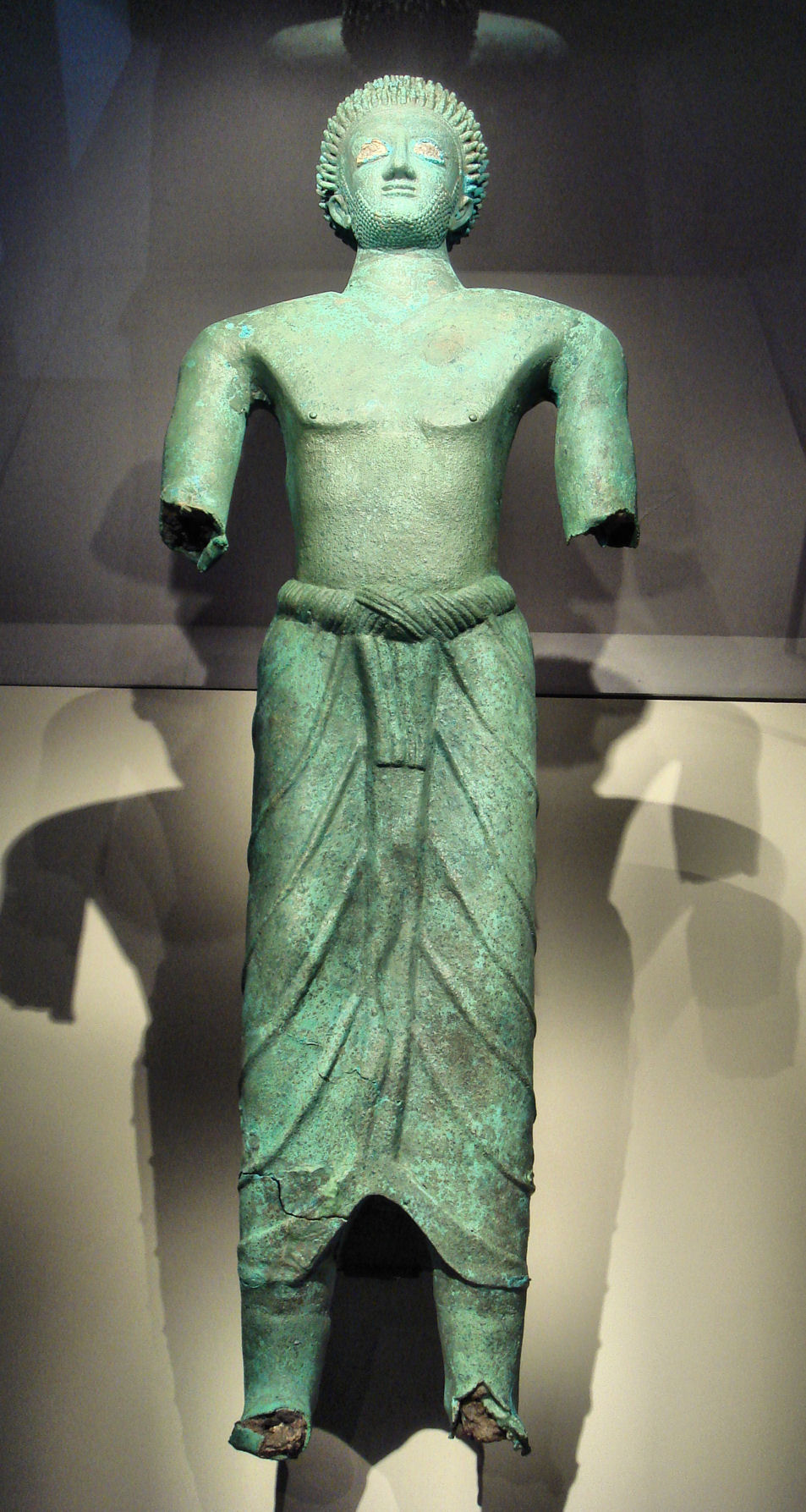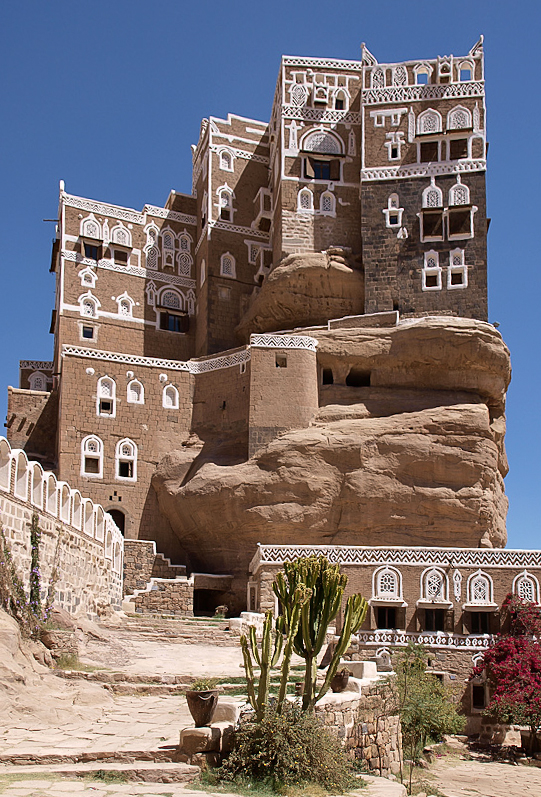Time Periods
Paleolithic
Mesolithic
Neolithic
Chalcolithic
Bronze Age
Iron Age
Classical Period
Post-Classical Period
Early Modern Period
Industrial Period
Contemporary Period
Time Periods
Paleolithic
Mesolithic
Neolithic
Chalcolithic
Bronze Age
Iron Age
Classical Period
Post-Classical Period
Early Modern Period
Industrial Period
Contemporary Period
Location
About
Zafar, located in the highlands of Yemen, was the ancient capital of the Himyarite Kingdom from 110 BCE to 525 CE. Positioned strategically, it served as a bustling trade hub, with evidence of a diverse and complex society that included polytheists, Jews, and Christians. Archaeological features at this site include city ruins, palaces, temples, and fortresses, alongside artistic remnants such as statues and inscriptions. The city's decline began in the 5th and 6th centuries due to environmental changes and shifting political landscapes, culminating in the shift of the capital to Sana'a. Excavations have revealed significant artifacts, shedding light on its role as an important cultural and economic center in ancient Arabia.
Gallery
Explore photographs of ancient structures, artifacts, and archaeological excavations at Zafar, Yemen
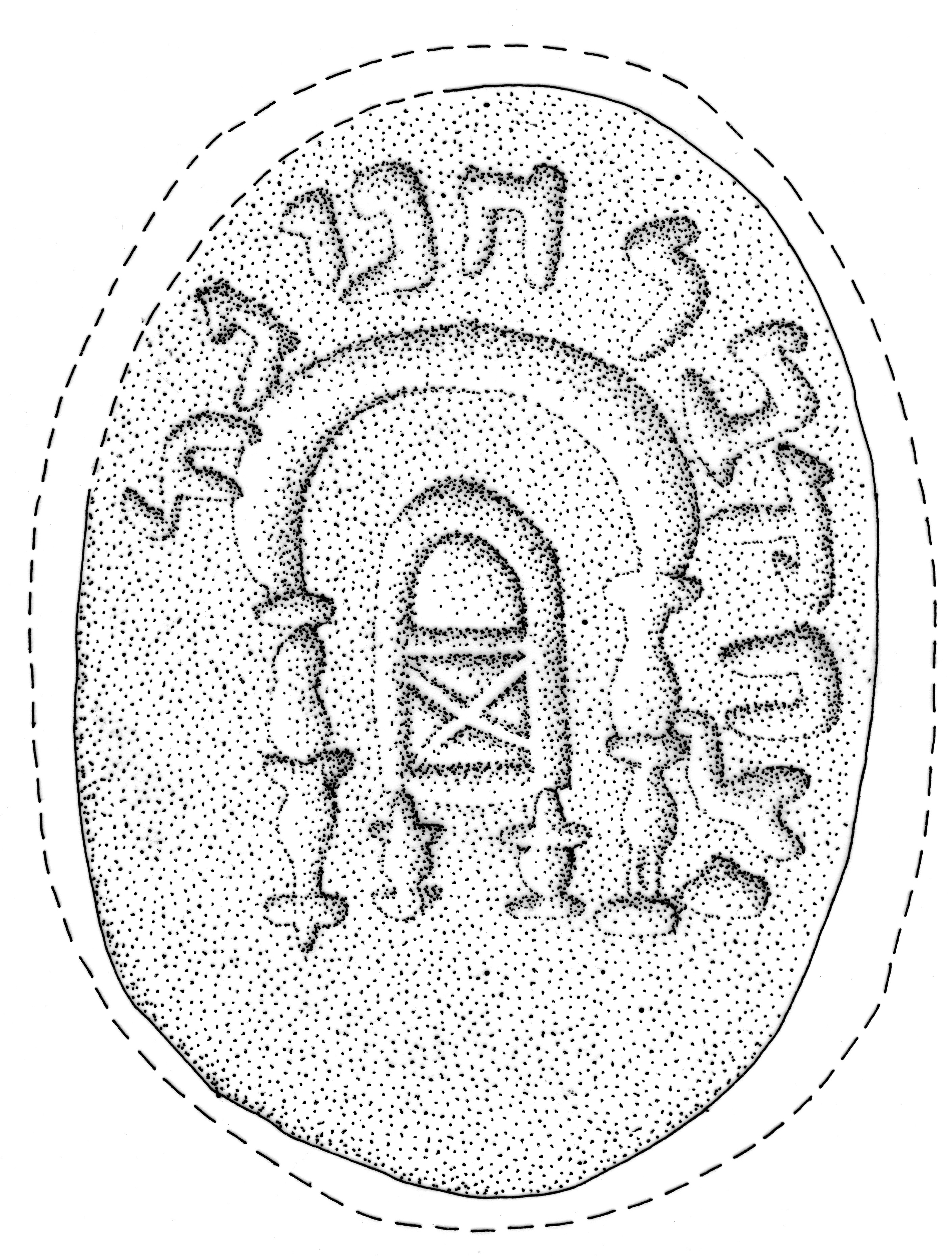
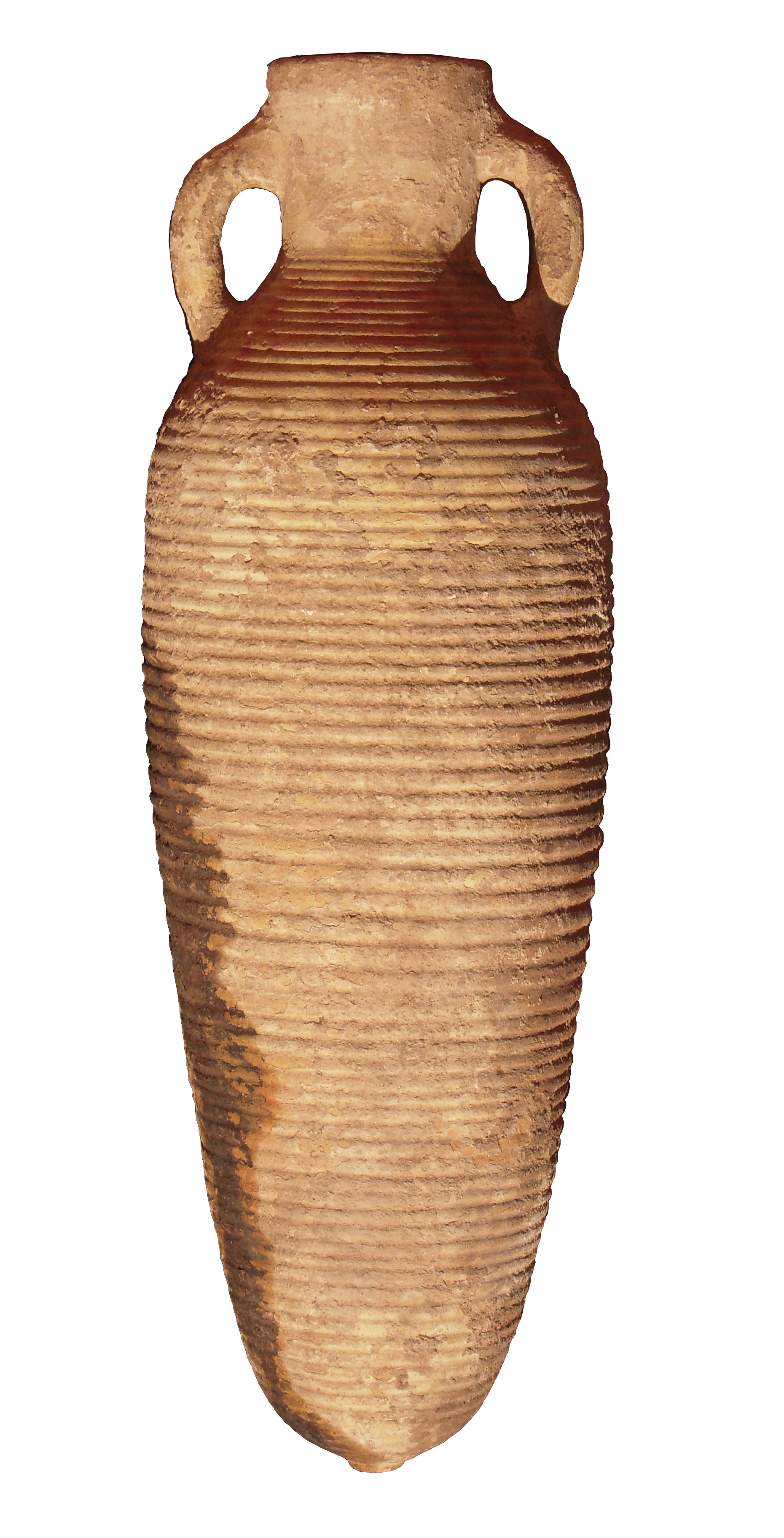
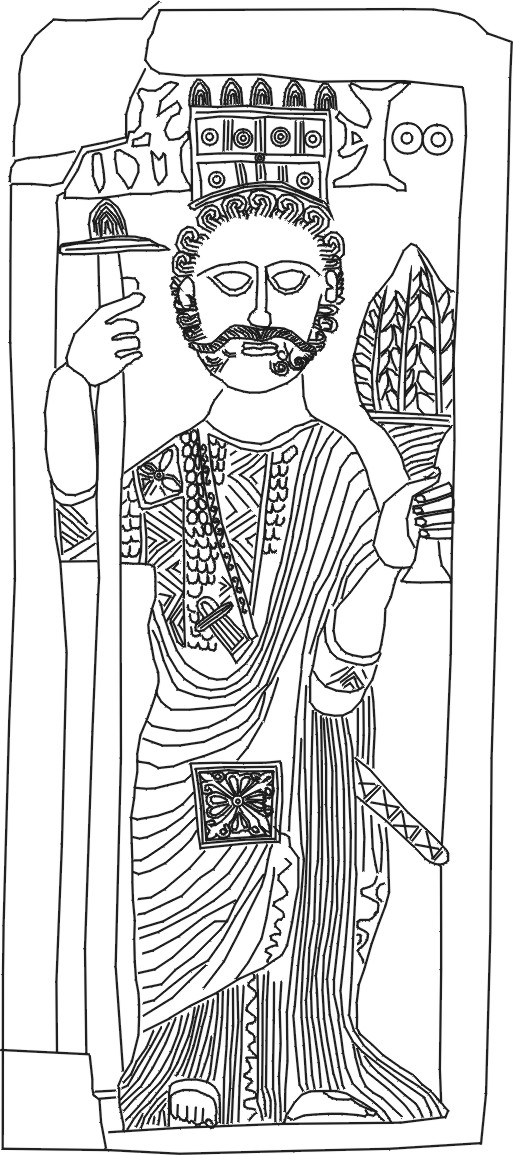
Archaeological Features
Explore the unique architectural and cultural elements found at this historical site
Defensive Structures
Animal Husbandry Features
Burial and Funerary Structures
Religious and Ritual Structures
Artistic and Decorative Features
Agricultural and Land Use Features
Domestic and Habitation Structures
Food Production and Processing Features
Historical Timeline
Journey through time and discover key events in this site's archaeological history
Plan Your Visit
Details
- Country
- Yemen
- Source
- Wikipedia


